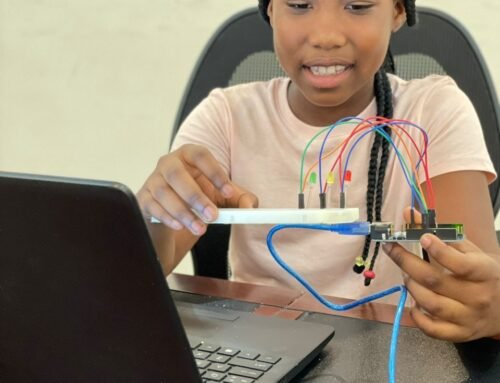
Educational Technology and Mobile Learning
The subject of educational technology, or EdTech, is expanding quickly and is transforming how we teach and learn. The emergence of mobile learning, which enables students to access educational resources and content on their smartphones and tablets, is one of the most important breakthroughs in EdTech.
Mobile learning, or m-learning, is a form of remote learning that takes place on portable electronic devices. As more and more people have access to smartphones and tablets and as these gadgets progress and become capable of running educational apps and software, it is growing in popularity.
The ability to learn at their own pace and on their own schedule is one of the main advantages of mobile learning. Students with busy schedules or who reside in remote places can access educational materials whenever and wherever they want, which is especially helpful.
Mobile learning also makes it possible for more dynamic and interesting learning experiences. Interactive games, simulations, and quizzes can be found in educational apps and software to make learning more entertaining and engaging for students.
Teachers also benefit from mobile learning since it makes it simple for them to generate and share instructional tools and information with their pupils. Apps and software can be used to design and deliver tests, assignments, and assessments as well as to monitor student progress.
Despite the advantages of mobile learning, several issues still need to be resolved. The first is making sure that students have consistent access to the internet and that their mobile devices are capable of running educational apps and software is one of the biggest concerns. The internet issue has since been addressed with the introduction of learning devices such as ASANKA.
Another concern is making sure that students are utilizing their mobile devices responsibly and not using them to get distracted in class is another difficulty. For the usage of mobile devices in the classroom, teachers must set up specific rules and expectations.
In summary, the discipline of mobile learning is quickly expanding and transforming how we teach and learn. It gives students more dynamic and interesting learning opportunities and enables them to learn at their own pace and on their own schedule. To fully achieve the potential of mobile learning, issues like internet connectivity and appropriate mobile device use must be resolved.
Summary
- Mobile learning is a form of remote learning that takes place on portable electronic devices.
- The ability to learn at one’s own pace and schedule is one of the main advantages of mobile learning.
- Interactive games, simulations, and quizzes can be found in educational apps and software.
- Apps and software can be used to design and deliver tests, assignments, and assessments as well as to monitor student progress.
- The emergence of mobile learning, which enables students to access educational resources and content on their smartphones and tablets, is one of the most important breakthroughs in edtech.
- Students with busy schedules or who reside in remote places can access educational materials whenever and wherever they want, which is especially helpful.







